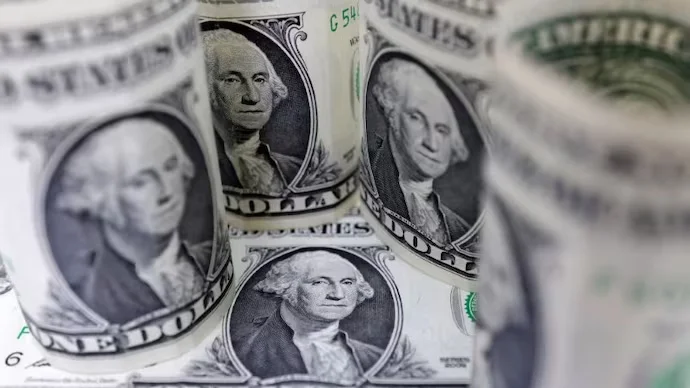US delinquency rates rise to highest level since Covid pandemic: Report
The overall debt level in the US has increased in the last three months as more types of borrowing, especially in the auto sector, ran into trouble.

Delinquency rates in the United States have surged to their highest level since the onset of the COVID-19 pandemic, according to a recent report. The sharp increase in delinquencies indicates growing financial strain among borrowers, raising concerns about the economic recovery and the overall health of the financial system.
Key Highlights
- Highest Level Since Pandemic: The latest report reveals that delinquency rates in the US have climbed to their highest level since the COVID-19 pandemic began. The surge in delinquencies underscores the lingering impact of the pandemic on household finances and the broader economy.
- Impact Across Loan Types: The increase in delinquency rates is observed across various loan categories, including mortgages, auto loans, credit cards, and student loans. Rising unemployment, inflationary pressures, and uncertainties surrounding the economic outlook have contributed to the deterioration in borrower repayment behavior.
- Economic Uncertainty: The sharp rise in delinquency rates reflects the ongoing economic uncertainty and challenges facing American households. Despite efforts to support financial stability through stimulus measures and relief programs, many individuals and families continue to grapple with job losses, income disruptions, and mounting debt burdens.
Analysis and Implications
- The strain on Financial Institutions: The surge in delinquencies poses significant challenges for financial institutions, including banks, credit unions, and lenders. Higher delinquency rates translate into increased credit risk and potential losses for lenders, necessitating prudent risk management practices and proactive measures to address loan defaults.
- Consumer Sentiment and Spending: The deteriorating financial health of households could weigh on consumer sentiment and spending, which are critical drivers of economic growth. Reduced consumer spending could dampen overall economic activity, posing headwinds to the recovery and potentially prolonging the recessionary impact of the pandemic.
- Policy Response: Policymakers and regulators may need to reassess existing policies and interventions to mitigate the impact of rising delinquencies on the financial system and the broader economy. Targeted support measures, enhanced borrower assistance programs, and proactive debt relief initiatives may be required to alleviate financial distress and promote economic resilience.
Future Outlook
- Monitoring Trends: Market participants, policymakers, and economists will closely monitor delinquency trends and their implications for the economic outlook. Timely data analysis and forecasting will be essential for assessing the trajectory of delinquency rates and formulating effective policy responses to address emerging challenges.
- Risk Management Strategies: Financial institutions are advised to strengthen risk management frameworks, conduct thorough credit assessments, and implement proactive measures to identify and mitigate potential loan defaults. Prudent lending practices and enhanced borrower communication will be key to managing credit risk amid evolving market conditions.
The surge in delinquency rates in the US highlights the enduring impact of the COVID-19 pandemic on household finances and the broader economy. As delinquencies rise across loan categories, stakeholders must remain vigilant and proactive in addressing emerging risks and safeguarding financial stability. Effective policy responses, coupled with prudent risk management strategies, will be essential for navigating the challenges ahead and fostering a sustainable economic recovery.




